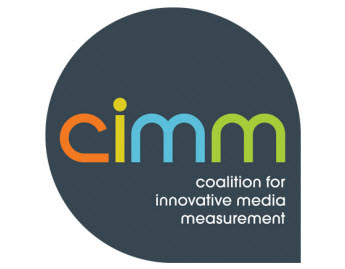
The Coalition for Innovative Media Measurement said it will examine the value of panels in the future of TV and cross-platform television measurement.
The project will be led by Joan FitzGerald of Data ImpacX and Jonathan Steuer of Anonymous Media Research.
“Consumer research panels have played a critical part of the television measurement ecosystem for decades,” CIMM managing director Jon Watts said. “However, the growing use of different datasets to support measurement, the shift of viewing to connected devices and increasingly sophisticated modeling techniques have led many industry participants to question the value of panels.
“At the same time, we’re seeing a proliferation of new panels for calibration and other purposes and steady improvements in panel technologies,“ Watts added. ”This project aims to align the industry around a clear understanding and common vision for the future role and value of panels in the U.S. TV market.”
NIelsen has long based its TV measurement on its panel of sample TV households. Nielsen is working to incorporate big data from millions of set-top boxes and smart TVs into its ratings, but it is being challenged by a number of companies that prioritize big data, including Comscore, iSpot.tv and VideoAmp.
According to CIMM, its new project will enable the industry to better comprehend the different perspectives on panels across publishers, agencies, marketers and providers.
“It seems clear that a single ‘gold standard’ research panel of tens of thousands of households is no longer sufficient for understanding TV viewership or for meeting the requirements for cross-platform video measurement,” FitzGerald said. “In other words, it seems clear that the days of ‘panel-first’ TV measurement are over. Digital platforms and other digital devices enable extremely granular measurement of many aspects of media behavior by collection and analysis of device log files, server log files and ACR software running on media consumption devices. However, such big data sources come with significant limitations.”
The study will look at the limitations to using big data for measuring TV viewing including incomplete coverage and subpar data accuracy.
“We hope the industry can reach consensus about the need for panels or panel alternatives, as well as minimum requirements and viable product definitions,” Steuer said. “Ideally, this project will enable the development of such a consensus position and minimum requirements for panels or for alternatives in the U.S. marketplace.”
The Project Steering Group includes: Yee Pang, group director, research & measurement, GroupM; Larry Allen, VP and GM of addressable enablement, Comcast Advertising; Howard Shimmel, president, Janus Strategy and Insights; Helen Katz, executive VP, research, Publicis; and former ESPN research director Artie Bulgrin, who is now a measurement consultant and project lead for the Association of National Advertisers (ANA).
“Panels are a critical resource for advertisers — but requirements and perspectives are shifting, as new approaches gain traction,” Pang said. “With our group’s collective strengths, we believe the CIMM study can play an important role in helping the industry to align around a common understanding of the value of panels and how they fit into a modern and evolving media marketplace.”







